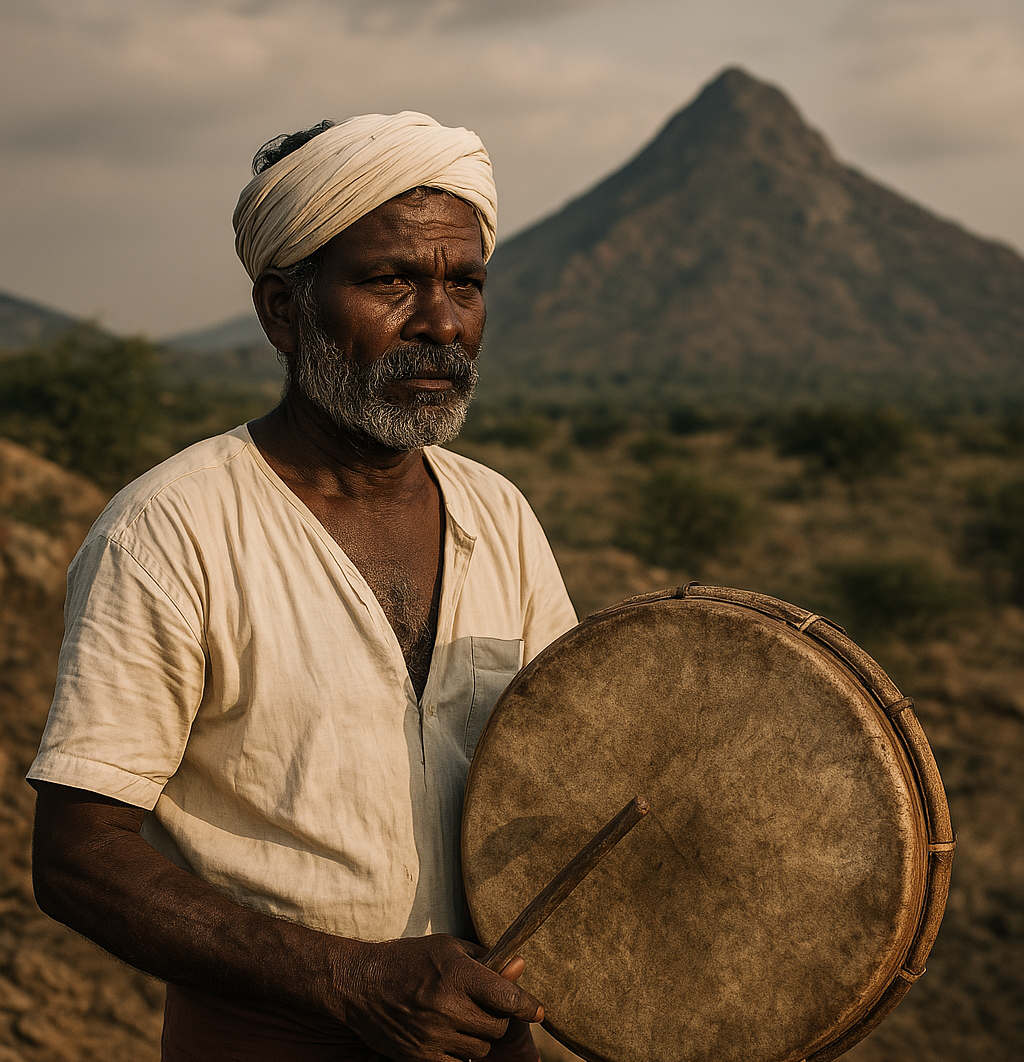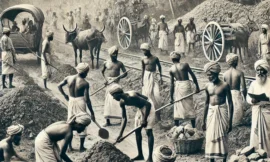The term ‘Paraiyar’ refers to a particular Tamil community historically classified among the oppressed and marginalized groups in the caste hierarchy of Tamil society. The origins of this name have long been a subject of debate among scholars, social historians, and linguists. One intriguing hypothesis is the derivation of ‘Paraiyar’ from the root word ‘Varai’, meaning ‘mountain’ in Tamil, suggesting that the term may have originally referred to people living in hilly or mountainous regions. This theory proposes a linguistic evolution: ‘Varaiyar’ (mountain dwellers) may have over time become ‘Paraiyar’. In this article, we delve into the linguistic, cultural, and historical aspects of this hypothesis, alongside other prevailing theories, to understand the rich and complex origins of the term.
Linguistic Roots and the ‘Varai’ Hypothesis
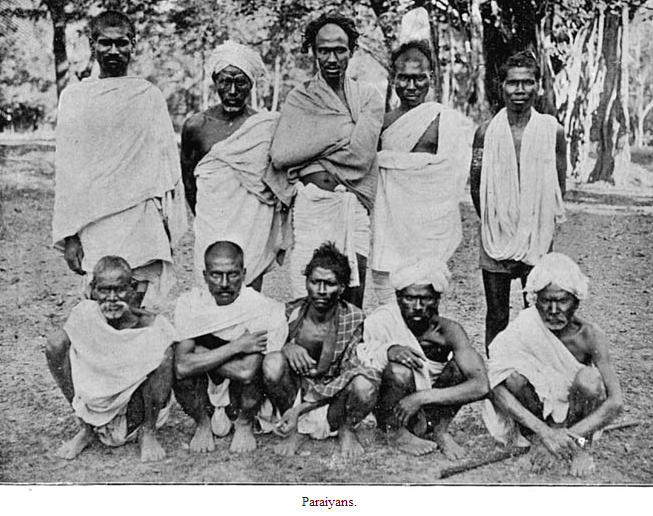
In Tamil, the word ‘Varai’ (வரி / வரை) means mountain or rock. Tamil toponyms and tribal group names often reflect geographical associations; for instance, communities living in forests, hills, or coasts are frequently identified by their environmental ties. It is, therefore, plausible that a group living in hilly regions may have originally been called ‘Varaiyar’ – a term combining ‘Varai’ (mountain) and the suffix -yar, which is commonly used in Tamil to denote people or a community.
This theory posits that the ‘Varaiyar’ were once a tribal or semi-nomadic people inhabiting the mountainous regions of ancient Tamilakam. Over time, due to linguistic evolution, dialectical shifts, or sociopolitical changes, the term might have undergone phonetic transformation – from ‘Varaiyar’ to ‘Paraiyar’ or ‘Parayar’. This form of consonantal shift, where ‘v’ becomes ‘p’, is not unheard of in Dravidian linguistics, especially in colloquial and regional dialects.
Additionally, ‘Varaiyar’ may have been associated with certain occupational or ritual roles, as many tribal groups living in mountains had connections to drumming, healing, or ritualistic functions. This connects interestingly with the traditional occupation of the Paraiyar community – that of drumming, particularly during temple rituals and funerals.
However, this theory, while linguistically appealing, remains speculative without concrete historical or inscriptional evidence directly linking Varaiyar and Paraiyar. Still, it opens an important line of inquiry into the geographic origins and early social identities of this community.
The Traditional Explanation: Drummers and the ‘Parai’ Drum
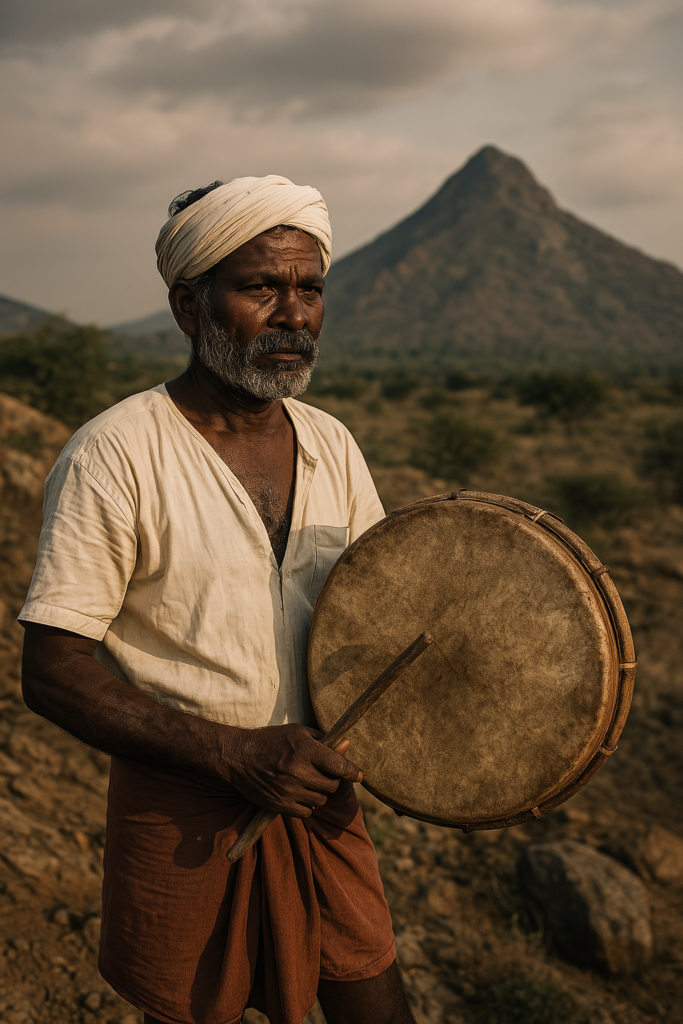
The most widely accepted etymology for the word ‘Paraiyar’ (or ‘Parayar’) comes from the Tamil word ‘Parai’, which is a type of drum. In ancient Tamil society, Parai was used for multiple purposes: to make royal announcements, declare war, perform during religious rituals, or communicate messages across villages.
According to this view, the term ‘Paraiyar’ denotes ‘the people who play the Parai’. The suffix ‘-yar’ again signifies a group or community. Thus, Parai + yar = Paraiyar – meaning “drummers” or “those associated with the parai drum.”
The Sangam literature, which dates back over 2000 years, contains references to parai drums and those who played them. Some texts even recognize the parai drummers for their crucial role in cultural life – during festivals, funerals, and battle announcements. However, over time, as caste hierarchies solidified and occupational divisions hardened, those associated with certain ritualistic or “polluting” duties (like drumming during death rites) were pushed to the margins of society.
Thus, the community once potentially revered for their sacred musical role came to be seen as “untouchable” in the later caste framework. This occupational explanation is the most cited in both colonial and postcolonial studies of caste and Tamil society.
Tribal Roots and Indigenous Identity
Another school of thought views the Parayar as one of the original indigenous communities of South India. Before the arrival of Brahminical influence and the caste system as institutionalized in later classical periods, Tamilakam was inhabited by various tribal communities with their own customs, rituals, and social systems.
Some scholars argue that the Parayar were pre-Aryan aboriginals, possibly part of the Dravidian substratum that predates Indo-Aryan migrations. In this context, the community’s original name may have had nothing to do with ‘parai’ or ‘varai’, but could instead derive from now-lost tribal languages or terms.
In this framework, the label Parayar may have been ascribed to them later by dominant groups to categorize and fix them within the lower strata of the caste system. This reflects how caste identities were often imposed and codified rather than organically evolved.
Cultural Contributions and Lost Prestige
Historical records suggest that the Parayar were once much more socially significant than their later status implies. They served not only as drummers but also as singers of heroic ballads, village guards, ritual specialists, and messengers. Their connection to oral tradition and folk music was vital in preserving Tamil culture through centuries when written records were sparse.
Some researchers, like Dr. B.R. Ambedkar and other anti-caste thinkers, have argued that the caste system relegated entire communities like the Parayar to low status only after they had already played vital cultural roles. Their downward mobility was a function of religious hegemony and social control, not natural hierarchy.
This supports the idea that the name ‘Parayar’ – whether from parai, varai, or any other root – was not originally a term of stigma, but a reflection of their occupation, geography, or tribal identity, which was later distorted into a marker of social inferiority.
The ‘Varaiyar’ Theory Revisited
Returning to the hypothesis that Parayar is derived from Varaiyar, there are a few compelling linguistic and cultural indicators to consider:
- Toponymic Surnames: In Tamil Nadu, many community names and surnames reflect geography. For instance, names like Kurinji, Mullai, and Maravar relate to landforms or ecological zones. Varaiyar would fit within this pattern, referencing those who lived on or near mountains.
- Phonetic Shifts: Tamil, like many languages, undergoes consonantal alternation. Sounds like ‘v’ and ‘p’ can interchange over centuries due to colloquial speech, regional dialects, or language contact.
- Cultural Roles of Hill Tribes: Mountainous communities often had unique ritual roles in Tamil society. Some hill tribes in Tamil Nadu even today maintain animist and drumming traditions – suggesting continuity from ancient practices.
- Parai as Sacred Instrument: If Paraiyar were originally Varaiyar who used the Parai drum, this could mean the drum took its name from them, not vice versa. In this reversal, the instrument might be named after the community, not the community after the instrument.
While these ideas are speculative, they reveal how much history has been obscured by later casteist narratives. The transformation from Varaiyar to Paraiyar, if true, tells a story of lost identity, linguistic evolution, and historical distortion.
Conclusion: Naming and Power in History
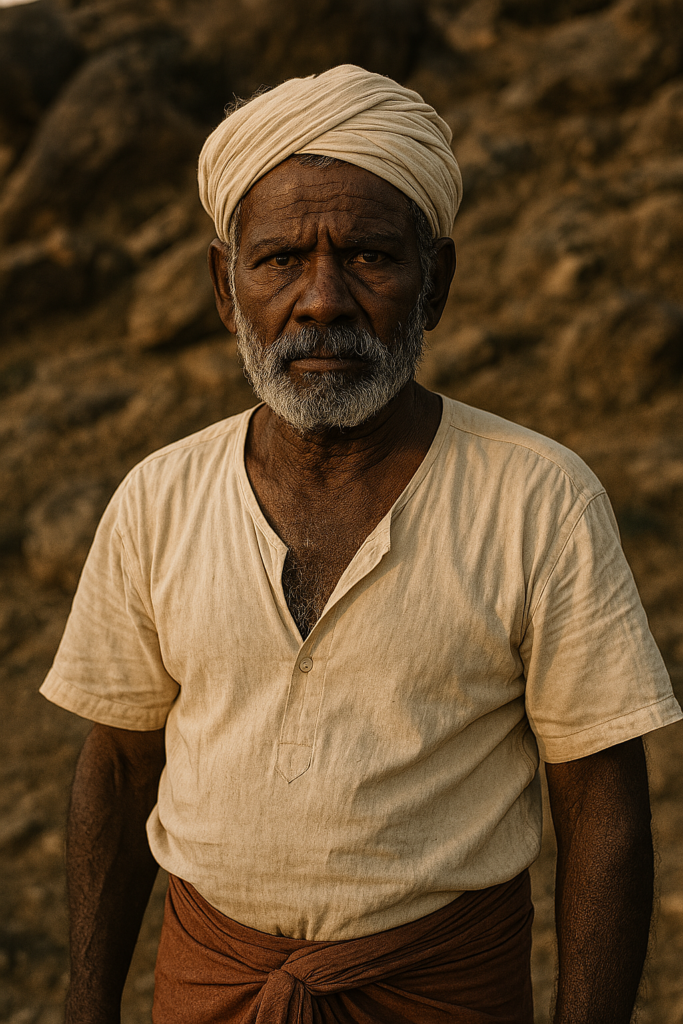
The name Parayar, like many caste names in India, is more than a label – it is a lens into history, identity, and power. Whether it evolved from ‘Varaiyar’, denoting a people of the mountains, or from ‘Paraiyar’, meaning drummers, the story reflects the complex layers of Tamil society. It shows how language and geography intersect with occupation and caste, and how identities are formed, reformed, and sometimes deformed by dominant narratives.
In recent decades, there has been a movement to reclaim these names with pride. The Parayar community, like many Dalit groups in India, is redefining its history, asserting its contributions, and resisting the stigma attached to its name. Whether descended from mountain dwellers, ritual drummers, or indigenous tribes, the Parayar hold a unique and valuable place in Tamil history – one that deserves deeper respect, research, and recognition.


